
162 posts
Latest Posts by pit-stopz - Page 5

FROM : northwestphotag1 - YELLOWSTONE, Wyoming, USA - Beautiful Nal Park

The moon's Copernicus crater. Through magic glasses. 1890.
Internet Archive
Montes Apenninus ( 17.02.2024 )
Look at those huge tall mountains

so international space station astronauts apparently dropped a tool bag during a spacewalk. and if you look outside when the ISS is in your region, you can see it with binoculars
The tool bag is now orbiting our planet just ahead of the ISS with a visual magnitude of around 6, according to EarthSky. That means it is slightly less bright than the ice giant Uranus, the seventh planet from the sun. As a result, the bag — officially known as a crew lock bag — is slightly too dim to be visible to the unaided eye, but skywatchers should be able to pick it up with binoculars. To see it for yourself, first find out when you can find spot the space station over the next few months (NASA even has a new app to help you). The bag should be floating two to four minutes ahead of the station. As it descends rapidly, the bag is likely to disintegrate when it reaches an altitude of around 70 miles (113 kilometers) over Earth.

she's fucking magnificent

i absolutely love the way the lunar maria have each been named

Snoopy Goes to the Moon

"I'm on the moon!" 1969 Snoopy button
Look at that beautiful moon


The Spaghetti Nebula
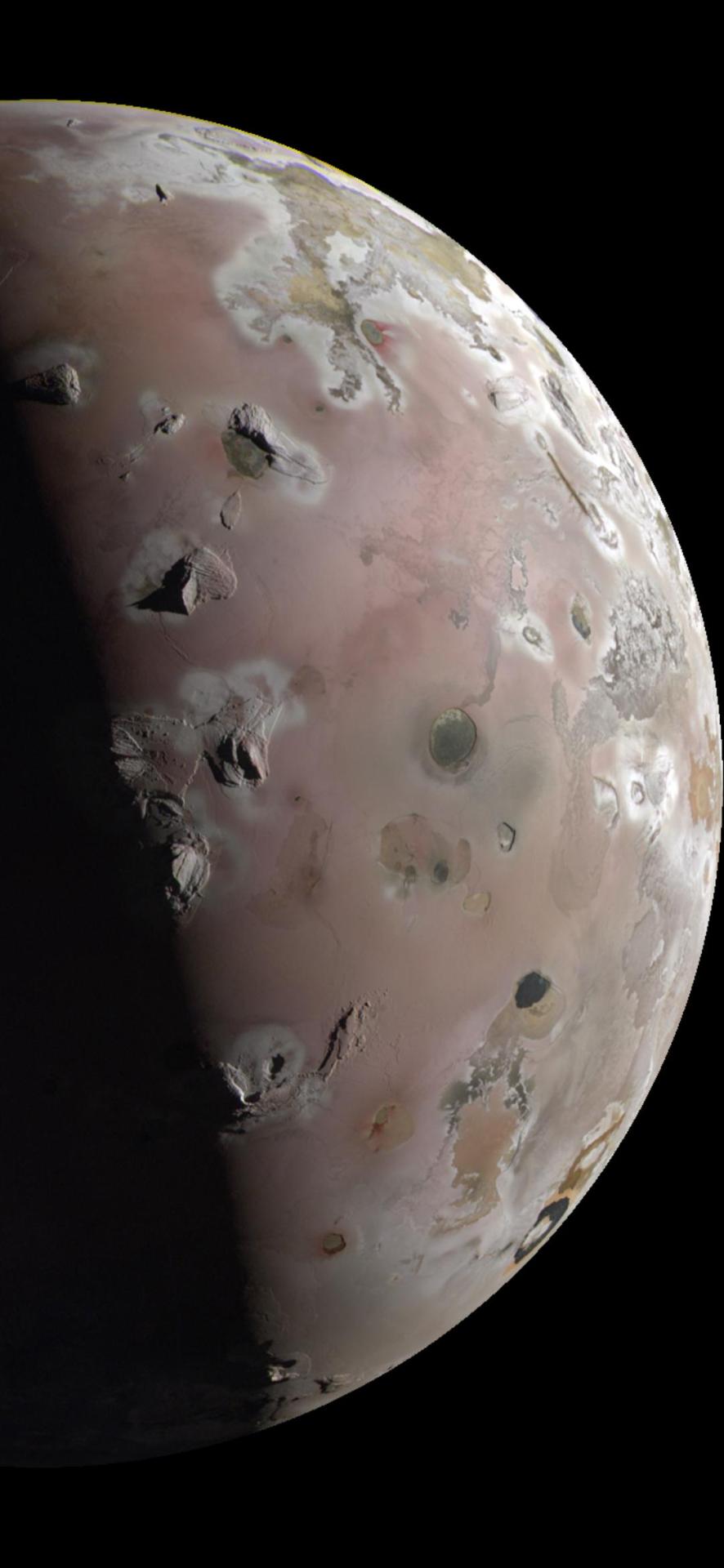
NASA’s Juno Gets a Close Look at Jupiter’s Volcanic Moon Io on Dec. 30, 2023 (via u/enknowledgepedia on r/spaceporn)


Jupiter's Moon IO: Jupiter's fifth moon, Io, is the most volcanically active body in the solar system. Io's surface temperature averages about minus 202 degrees Fahrenheit (minus 130 Celsius), resulting in the formation of sulfur dioxide snowfields. But Io's volcanoes can reach 3,000 F (1,649 C). Io is often referred to as a celestial body of fire and ice. (source)

Approximately 1 billion light years across, the largest known structure in the universe consists of 830 galaxies nestled within 4 connecting galaxy clusters.
As above, so below.
Credits to the lovely people over at NASA and ESA. Image by Science Photo Library.
Instagram: @ spacestrikes
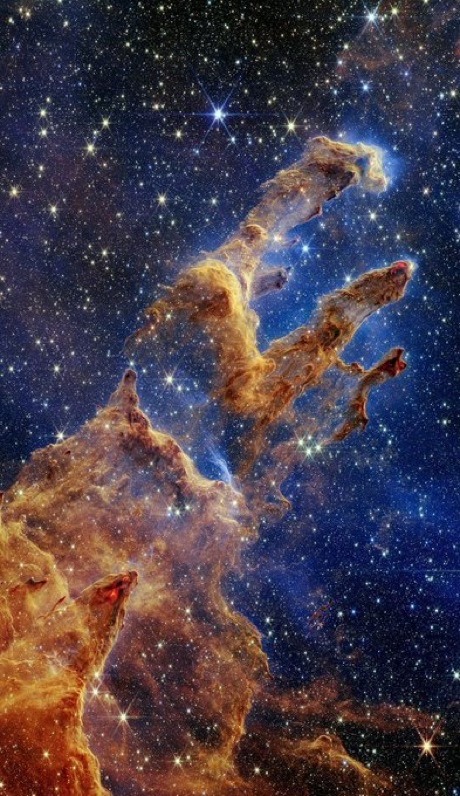





james webb telescope my beloved

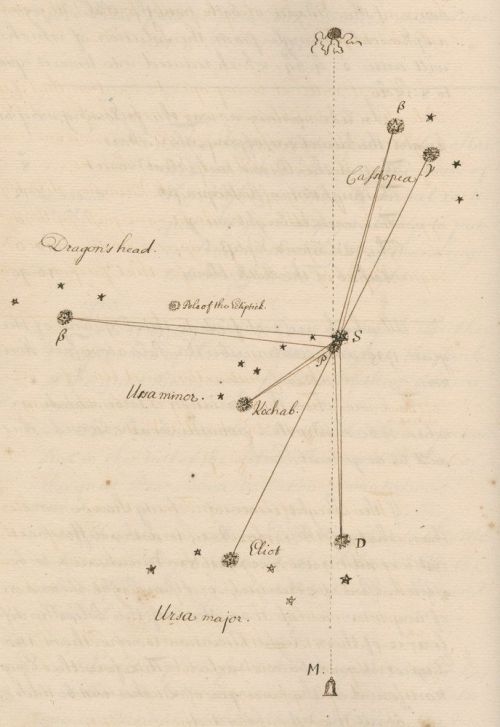



" Nasa's Deep Space Mission " //© Astro Voyagers



Peanuts in Space: Secrets of Apollo 10


Webb discovers methane, carbon dioxide in atmosphere of K2-18 b
A new investigation with NASA’s James Webb Space Telescope into K2-18 b, an exoplanet 8.6 times as massive as Earth, has revealed the presence of carbon-bearing molecules including methane and carbon dioxide. Webb’s discovery adds to recent studies suggesting that K2-18 b could be a Hycean exoplanet, one which has the potential to possess a hydrogen-rich atmosphere and a water ocean-covered surface.
The first insight into the atmospheric properties of this habitable-zone exoplanet came from observations with NASA’s Hubble Space Telescope, which prompted further studies that have since changed our understanding of the system.
K2-18 b orbits the cool dwarf star K2-18 in the habitable zone and lies 120 light-years from Earth in the constellation Leo. Exoplanets such as K2-18 b, which have sizes between those of Earth and Neptune, are unlike anything in our solar system. This lack of equivalent nearby planets means that these ‘sub-Neptunes’ are poorly understood, and the nature of their atmospheres is a matter of active debate among astronomers.
The suggestion that the sub-Neptune K2-18 b could be a Hycean exoplanet is intriguing, as some astronomers believe that these worlds are promising environments to search for evidence for life on exoplanets.
"Our findings underscore the importance of considering diverse habitable environments in the search for life elsewhere," explained Nikku Madhusudhan, an astronomer at the University of Cambridge and lead author of the paper announcing these results. "Traditionally, the search for life on exoplanets has focused primarily on smaller rocky planets, but the larger Hycean worlds are significantly more conducive to atmospheric observations."
The abundance of methane and carbon dioxide, and shortage of ammonia, support the hypothesis that there may be a water ocean underneath a hydrogen-rich atmosphere in K2-18 b. These initial Webb observations also provided a possible detection of a molecule called dimethyl sulfide (DMS). On Earth, this is only produced by life. The bulk of the DMS in Earth’s atmosphere is emitted from phytoplankton in marine environments.
The inference of DMS is less robust and requires further validation. “Upcoming Webb observations should be able to confirm if DMS is indeed present in the atmosphere of K2-18 b at significant levels,” explained Madhusudhan.
While K2-18 b lies in the habitable zone, and is now known to harbor carbon-bearing molecules, this does not necessarily mean that the planet can support life. The planet's large size — with a radius 2.6 times the radius of Earth — means that the planet’s interior likely contains a large mantle of high-pressure ice, like Neptune, but with a thinner hydrogen-rich atmosphere and an ocean surface. Hycean worlds are predicted to have oceans of water. However, it is also possible that the ocean is too hot to be habitable or be liquid. "Although this kind of planet does not exist in our solar system, sub-Neptunes are the most common type of planet known so far in the galaxy," explained team member Subhajit Sarkar of Cardiff University. “We have obtained the most detailed spectrum of a habitable-zone sub-Neptune to date, and this allowed us to work out the molecules that exist in its atmosphere.”
Characterizing the atmospheres of exoplanets like K2-18 b — meaning identifying their gases and physical conditions — is a very active area in astronomy. However, these planets are outshone — literally — by the glare of their much larger parent stars, which makes exploring exoplanet atmospheres particularly challenging.
The team sidestepped this challenge by analyzing light from K2-18 b's parent star as it passed through the exoplanet's atmosphere. K2-18 b is a transiting exoplanet, meaning that we can detect a drop in brightness as it passes across the face of its host star. This is how the exoplanet was first discovered in 2015 with NASA’s K2 mission. This means that during transits a tiny fraction of starlight will pass through the exoplanet's atmosphere before reaching telescopes like Webb. The starlight's passage through the exoplanet atmosphere leaves traces that astronomers can piece together to determine the gases of the exoplanet's atmosphere.
"This result was only possible because of the extended wavelength range and unprecedented sensitivity of Webb, which enabled robust detection of spectral features with just two transits," said Madhusudhan. "For comparison, one transit observation with Webb provided comparable precision to eight observations with Hubble conducted over a few years and in a relatively narrow wavelength range."
"These results are the product of just two observations of K2-18 b, with many more on the way,” explained team member Savvas Constantinou of the University of Cambridge. “This means our work here is but an early demonstration of what Webb can observe in habitable-zone exoplanets.”
The team’s results were accepted for publication in The Astrophysical Journal Letters.
The team now intends to conduct follow-up research with the telescope's MIRI (Mid-Infrared Instrument) spectrograph that they hope will further validate their findings and provide new insights into the environmental conditions on K2-18 b.
"Our ultimate goal is the identification of life on a habitable exoplanet, which would transform our understanding of our place in the universe," concluded Madhusudhan. "Our findings are a promising step towards a deeper understanding of Hycean worlds in this quest."
The James Webb Space Telescope is the world's premier space science observatory. Webb is solving mysteries in our solar system, looking beyond to distant worlds around other stars, and probing the mysterious structures and origins of our universe and our place in it. Webb is an international program led by NASA with its partners, ESA (European Space Agency) and the Canadian Space Agency.
TOP IMAGE....This artist’s concept shows what exoplanet K2-18 b could look like based on science data. K2-18 b, an exoplanet 8.6 times as massive as Earth, orbits the cool dwarf star K2-18 in the habitable zone and lies 120 light-years from Earth. A new investigation with NASA’s James Webb Space Telescope into K2-18 b has revealed the presence of carbon-bearing molecules including methane and carbon dioxide. The abundance of methane and carbon dioxide, and shortage of ammonia, support the hypothesis that there may be a water ocean underneath a hydrogen-rich atmosphere in K2-18 b. CREDIT Credits: Illustration: NASA, CSA, ESA, J. Olmsted (STScI), Science: N. Madhusudhan (Cambridge University) Download the full-resolution, uncompressed version and supporting visuals from the Space Telescope Science Institute.
LOWER IMAGE....Spectra of K2-18 b, obtained with Webb’s NIRISS (Near-Infrared Imager and Slitless Spectrograph) and NIRSpec (Near-Infrared Spectrograph), display an abundance of methane and carbon dioxide in the exoplanet’s atmosphere, as well as a possible detection of a molecule called dimethyl sulfide (DMS). The detection of methane and carbon dioxide, and shortage of ammonia, support the hypothesis that there may be a water ocean underneath a hydrogen-rich atmosphere in K2-18 b. K2-18 b, 8.6 times as massive as Earth, orbits the cool dwarf star K2-18 in the habitable zone and lies 120 light-years from Earth. CREDIT Credits: Illustration: NASA, CSA, ESA, R. Crawford (STScI), J. Olmsted (STScI), Science: N. Madhusudhan (Cambridge University) Download the full-resolution, uncompressed version and supporting visuals from the Space Telescope Science Institute.
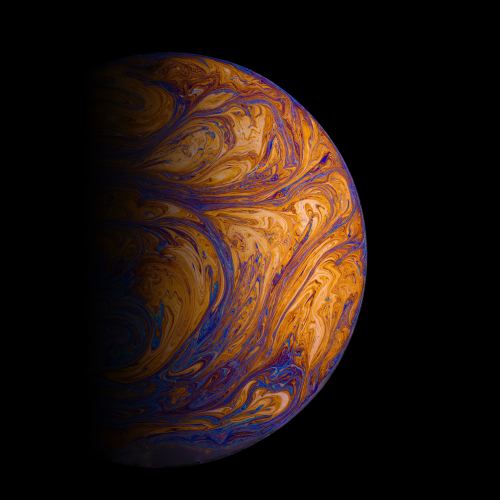

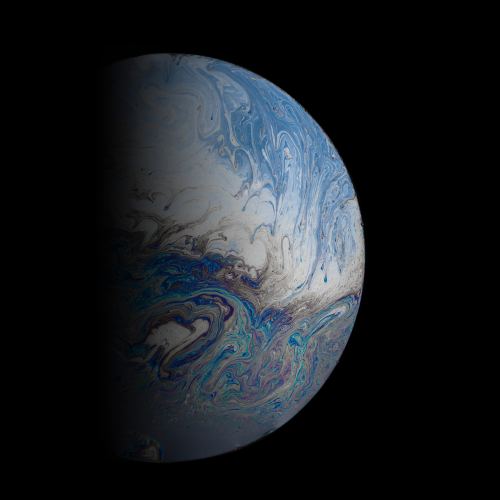


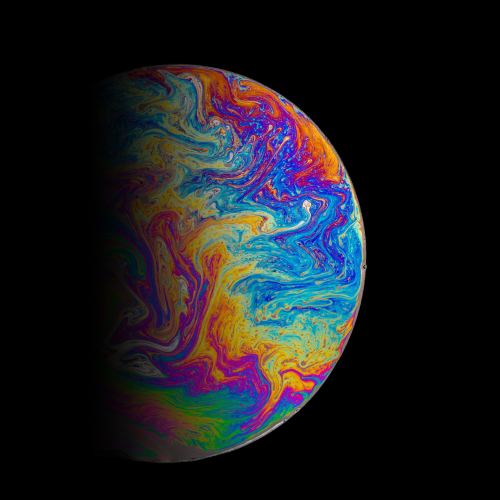
Orbs of the multiverse (soap & oil planet series) by Daniel Olah




New Photos of “Uranus” by NASA (2023)
Peering beneath clouds of the ice giant - Uranus - scientists have seen strong evidence of a large polar cyclone at the planet's north pole. Astronomers, using data from ground-based telescopes, looked deeper into Uranus' atmosphere than ever before, observing that air at the north pole seems drier and warmer, an indication of a strong cyclone.

MI Lagoon Nebula by Prabhustutti

Arp 248, Star Bridge
IT'S SPECIAL INTEREST SUNDAY watch this drive

Chrysler concept model for a proposed lunar rover design, 1963.
(Philadelphia Free Library)
Moon Mountain Named After Melba Roy Mouton, NASA Mathematician

Award-winning NASA mathematician and computer programmer Melba Mouton is being honored with the naming of a mountain at the Moon’s South Pole. Mouton joined NASA in 1959, just a year after the space agency was established. She was the leader of a team that coded computer programs to calculate spacecraft trajectories and locations. Her contributions were instrumental to landing the first humans on the Moon.
She also led the group of "human computers," who tracked the Echo satellites. Roy and her team's computations helped produce the orbital element timetables by which millions could view the satellite from Earth as it passed overhead.
The towering lunar landmark now known as “Mons Mouton” stands at a height greater than 19,000 feet. The mountain was created over billions of years by lunar impacts. Huge craters lie around its base—some with cliff-like edges that descend into areas of permanent darkness. Mons Mouton is the future landing site of VIPER, our first robotic Moon rover. The rover will explore the Moon’s surface to help gain a better understanding of the origin of lunar water. Here are things to know:
Mons Mouton is a wide, relatively flat-topped mountain that stretches roughly 2,700 square miles

The mountain is the highest spot at the Moon’s South Pole and can be seen from Earth with a telescope

Our VIPER Moon rover will explore Mons Mouton over the course of its 100-day mission

VIPER will map potential resources which will help inform future landing sites under our Artemis program

The VIPER mission is managed by our Ames Research Center in California’s Silicon Valley. The approximately 1,000-pound rover will be delivered to the Moon by a commercial vendor as part of our Commercial Lunar Payload Services initiative, delivering science and technology payloads to and near the Moon.
Make sure to follow us on Tumblr for your regular dose of space!




